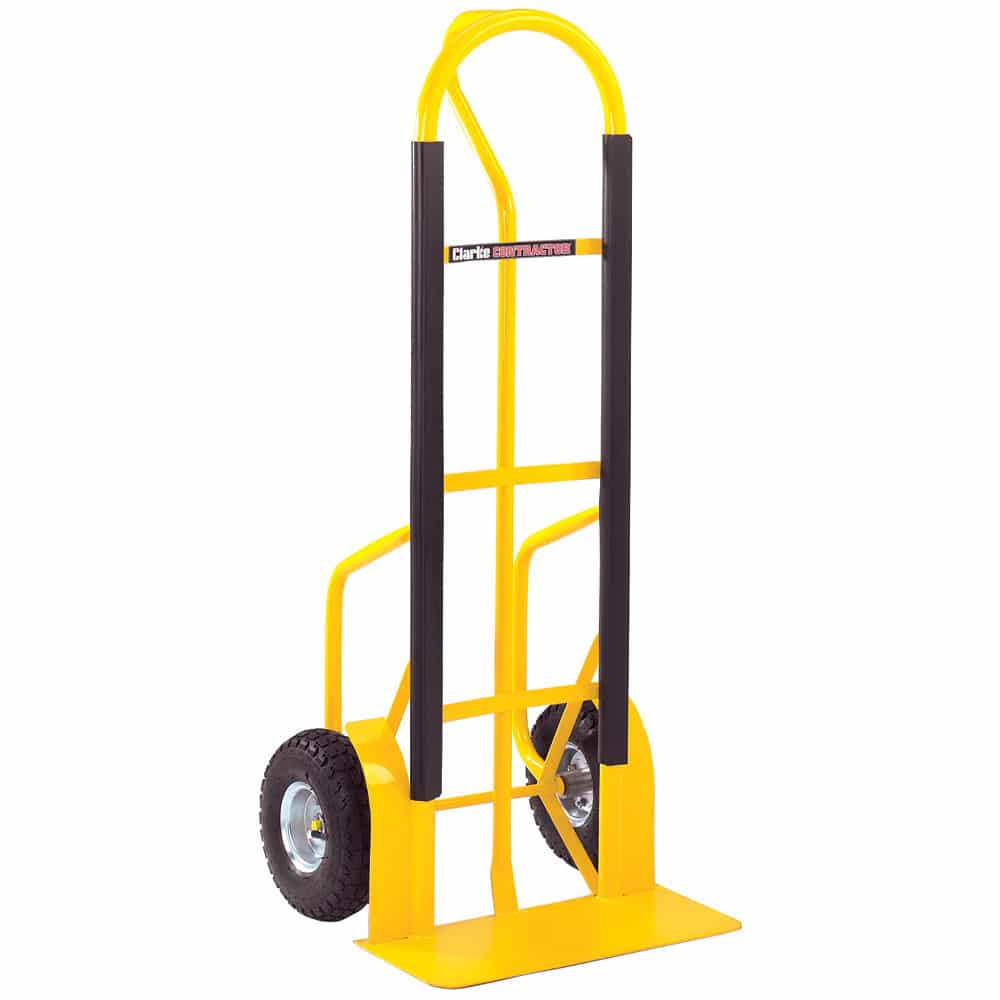You can save money by leaving some stuff in your draws. You can save time as well….but there are some hidden dangers in this strategy we want to warn you about.
Let’s be practical, when you’re moving locally you can get away with it – sometimes – and others you cant. As specialists in stress-free moves, we highly recommend everything is emptied and packed into boxes. However for your benefit, we will explore the money saving option in this short article.

When you should definitely empty the drawers
If you have a solid wood chest of drawers, with more than two drawers; there is a good chance that this unit will already be rather heavy even after the drawers have been emptied. Whilst our removalists are certainly fit and strong, there are additional risks in lifting, carrying and navigating their route to the truck if the unit is too heavy. When there is a combination of moving parts and heavy weight, the item becomes difficult to maneuver around the house. A removalist will hold the chest of drawers (or other item) with a slight backwards tilt; this ensures that the drawers do not slide open whilst it is being carried. This tilt however becomes increasingly difficult to achieve as the item becomes heavier. This can lead to rocking, shaking and lack of stability of the item being carried. Risk of damage to your home, your furniture or even your friendly removalist rises because of this. If you have fragile or delicate items inside the drawers then you should make sure that they are removed. Your fragile items should all be placed inside removal boxes and adequately protected using paper. For some great tips on how to pack delicate items have a look at our packing guide. When these items are well packed inside a box they cannot move, rattle or bump into one another whilst the box is being transported. If these items are left in the drawers of furniture then they will be able to slide around and move freely, which may lead to them becoming damaged. Paper is heavy, especially piles of it. Never leave paperwork in draws, there are specialised book boxes that are custom built for paper. If your house move involves carrying the furniture down stairs then there is an increased likelihood that the drawers will need to be emptied.When it is probably ok to leave the drawers full
If you have a lightweight set of drawers, for example a piece made of light pine wood, then you will probably be ok to leave the draws full. Our movers will check the weight of it on the day, most of the time it is ok. Having said that, if your drawers are filled with heavy items or fragile items, you may still need to consider emptying them out. Generally speaking the main thing that is ok to be left in a set of drawers is clothing or anything else that is light and not fragile. If you have filing cabinets, then you will generally be ok with not emptying the drawers. This is because filing cabinets are generally placed onto a sack truck (a removalist trolley), their tall thin design makes them an easy item to be manoeuvred around a path on a trolley. A removalist will generally use a rubber protected furniture removals trolley, with the drawers facing into the trolley. By having the drawers face into the trolley it means that the cabinet does not have to be locked, as the drawers are held closed by the pressure on the trolley. It also makes it easier for the cabinet to be placed into the correct position on the first attempt.
What happens if the drawers are deemed to make the cabinet too heavy?
Dont Stress! It’s not a big problem and a common task for a removalist to solve. There will be a few options here:- We can carry the drawers out separately and place them back into the cabinet inside the truck, repeating this process at the other address
- We can quickly help you pack the contents into any spare boxes that you have handy
- You can bundle the clothing etc up and put it in the back of your car
- We may be able to only empty the top couple drawers in order to get the weight down enough to carry (we empty the top drawers first because this effects the balance point of the unit)






0 comment